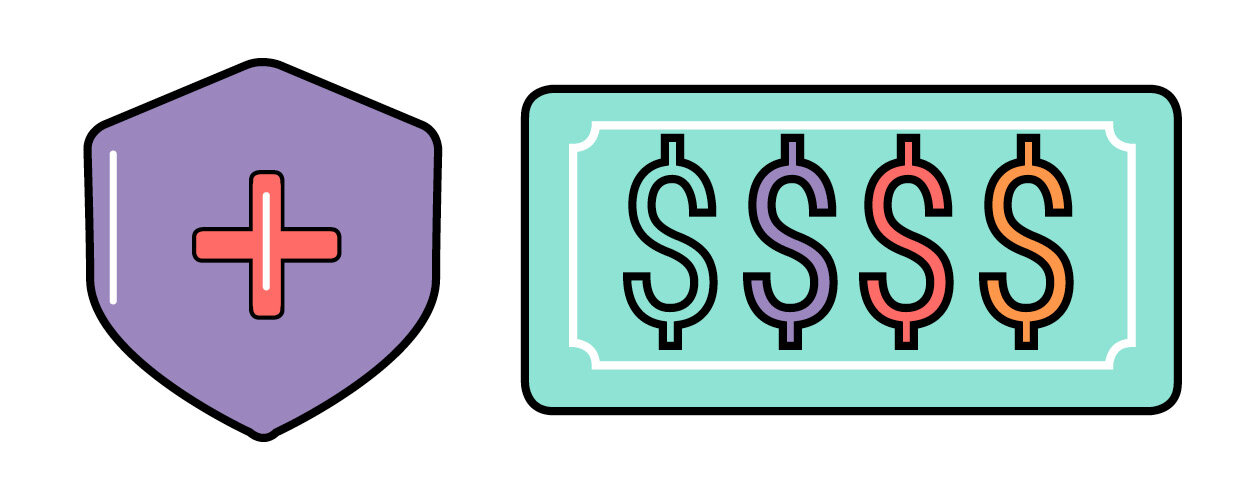What is a Deductible?
A deductible is a set amount you pay for medical services before your plan begins to pay.
A Deductible Example
Example: $750 service, with a $300 deductible and 20% coinsurance
Your deductible responsibility: $300
Your coinsurance responsibility: $90 ($750 - 300 = $450. $450 x 20% = $90)
Your total responsibility on this service: $390
Understanding Deductibles
Deductibles are a way for the insurance company and the patient to share costs. By putting the burden of the deductible on the patient first, patients are sometimes deterred from receiving all of the care that they would like because of the financial burden.
Common Deductible Amounts
Copays vary in price by provider speciality and by the network status.
Copay by Speciality: Usually primary care providers (PCPs) have the lowest copays, typically ranging from $10 to $50. Urgent Cares and Specialist copays are higher, typically ranging from $30 to $100. Emergency room copays are typically the highest, and may cost more than $200.
Copay by Network Status: In-network copays tend to be lower than out-of-network copays.
What Kind of Plans Have Deductibles?
Copays are most common HMO or PPO plans, and are not common on High Deductible Health Plans (HDHPs).
Does Everything Apply to Deductibles?
A simple visit to your primary care doctor may be fully covered by a copay, but most copays do not include services that are considered beyond the scope of that provider. For example, you may pay a copay to see your cardiologist, but you may receive a separate bill (not covered by your copay) from the third-party lab who analyzed your blood sample.
How do I Know How Much My Deductible Is?
Most insurance cards list the copays on the front of the card to make it easy for the patient and the provider to pay or collect money up front. If your card does not have the copay listed, you can look at your plan benefit documents or call the phone number on the back of your insurance card.
Related Terms
HDHP Plan
PPO Plan
In-Network
Out-of-Network
